At the heart of the 2030 Agenda for Sustainable Development are the 17 Sustainable Development Goals (SDGs), an urgent call for action by all countries in a global partnership. They recognise that ending poverty and other deprivations must go hand-in-hand.
In 2019, the World Report on Vision brought eye care into the broader health care sector agenda and recommended integrating it into primary care. The key focus of the report was advancing universal health coverage (UHC) through eye care and the implementation of integrated people-centred eye care that contributed to SDGs and especially goal 3 (ensure healthy lives and promote wellbeing for all at all ages). The link between eye health, UHC and SDG3 is well documented and outlined in our blog.
Eye care is an area of health care with highly cost-effective interventions for health promotion, prevention, treatment and rehabilitation to address the full range of needs associated with eye conditions and vision impairment across the life course. The benefits for the individual and society are significant and the impact would be astounding if the world’s eye care needs were met.

Why eye health is crucial for universal health coverage
Everyone will require eye care services at some point in life, but universal health coverage cannot be achieved unless all people have affordable access to eye care.
Read the blogThe link between eye care and the Sustainable Development Goals
On 23 July 2021, the United Nations General Assembly adopted the Vision for Everyone: Accelerating action to achieve the Sustainable Development Goals. This resolution committed the international community to ensure access to eye care services for the 1.1 billion people living with preventable sight loss by 2030. The resolution was unanimously adopted by all 193 countries of the United Nations. This significant resolution linked eye care to seven SDG goals beyond just SDG3.
Goal 1: No poverty
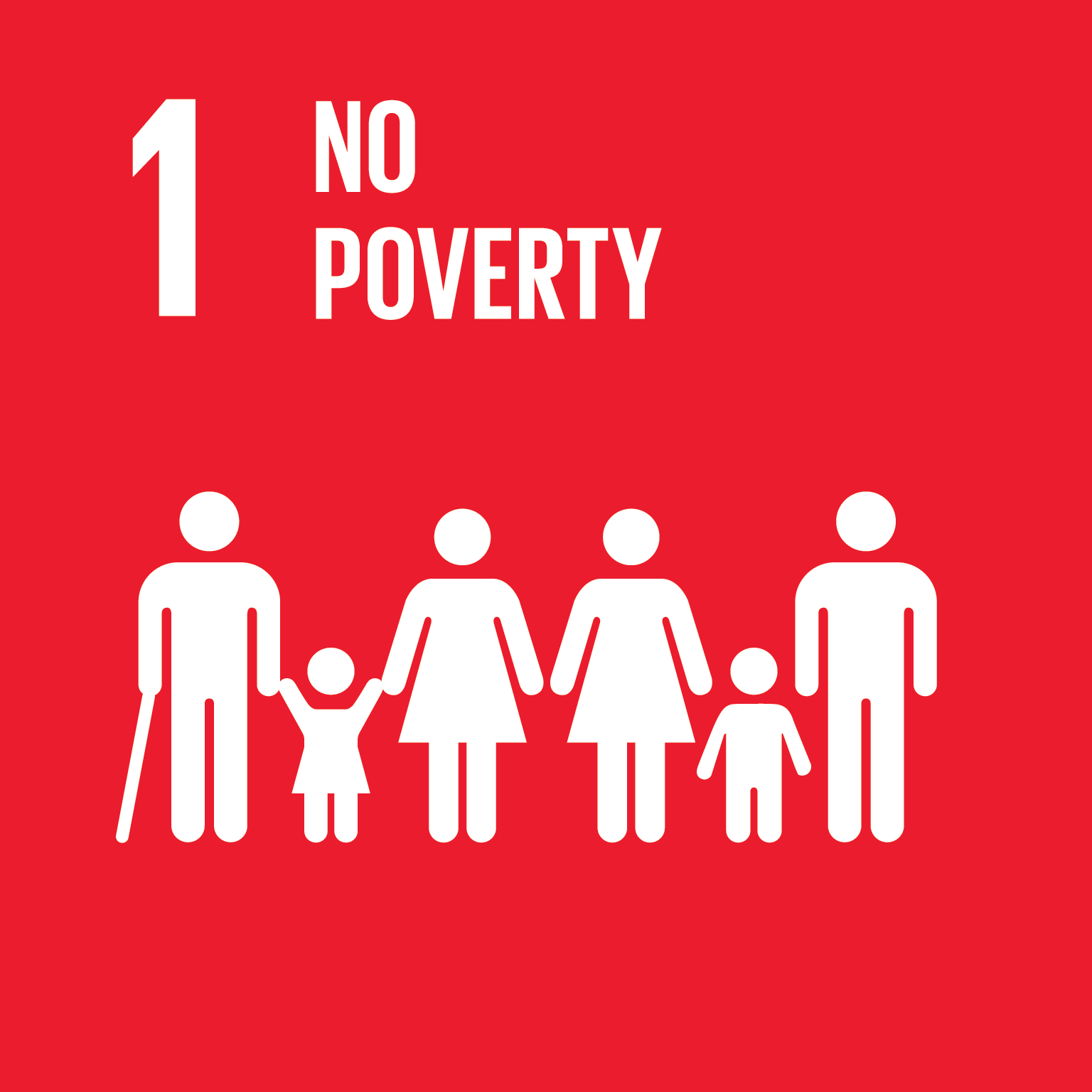 The World Report on Vision and The Lancet Commission on Global Eye Health explicitly showed the link between poverty, household income, and blindness or vision impairment. Several studies have shown that household income increased after cataract surgery. A strong association between poverty and vision impairment has been reported in many settings. This relationship is likely to be connected with poverty as both a cause and a consequence of poor eye health.
The World Report on Vision and The Lancet Commission on Global Eye Health explicitly showed the link between poverty, household income, and blindness or vision impairment. Several studies have shown that household income increased after cataract surgery. A strong association between poverty and vision impairment has been reported in many settings. This relationship is likely to be connected with poverty as both a cause and a consequence of poor eye health.
Goal 2: Zero hunger
![]() With food prices on the rise worldwide, increases in household income and employment prospects protect a household from hunger and food instability. As outlined in the UNGA resolution, improved vision and optimised functional ability for people with blindness or vision impairment contributes to both these factors while enhancing workplace and economic productivity. These economic benefits are closely linked to SDG1, SDG2 and SDG8.
With food prices on the rise worldwide, increases in household income and employment prospects protect a household from hunger and food instability. As outlined in the UNGA resolution, improved vision and optimised functional ability for people with blindness or vision impairment contributes to both these factors while enhancing workplace and economic productivity. These economic benefits are closely linked to SDG1, SDG2 and SDG8.
Goal 4: Quality education
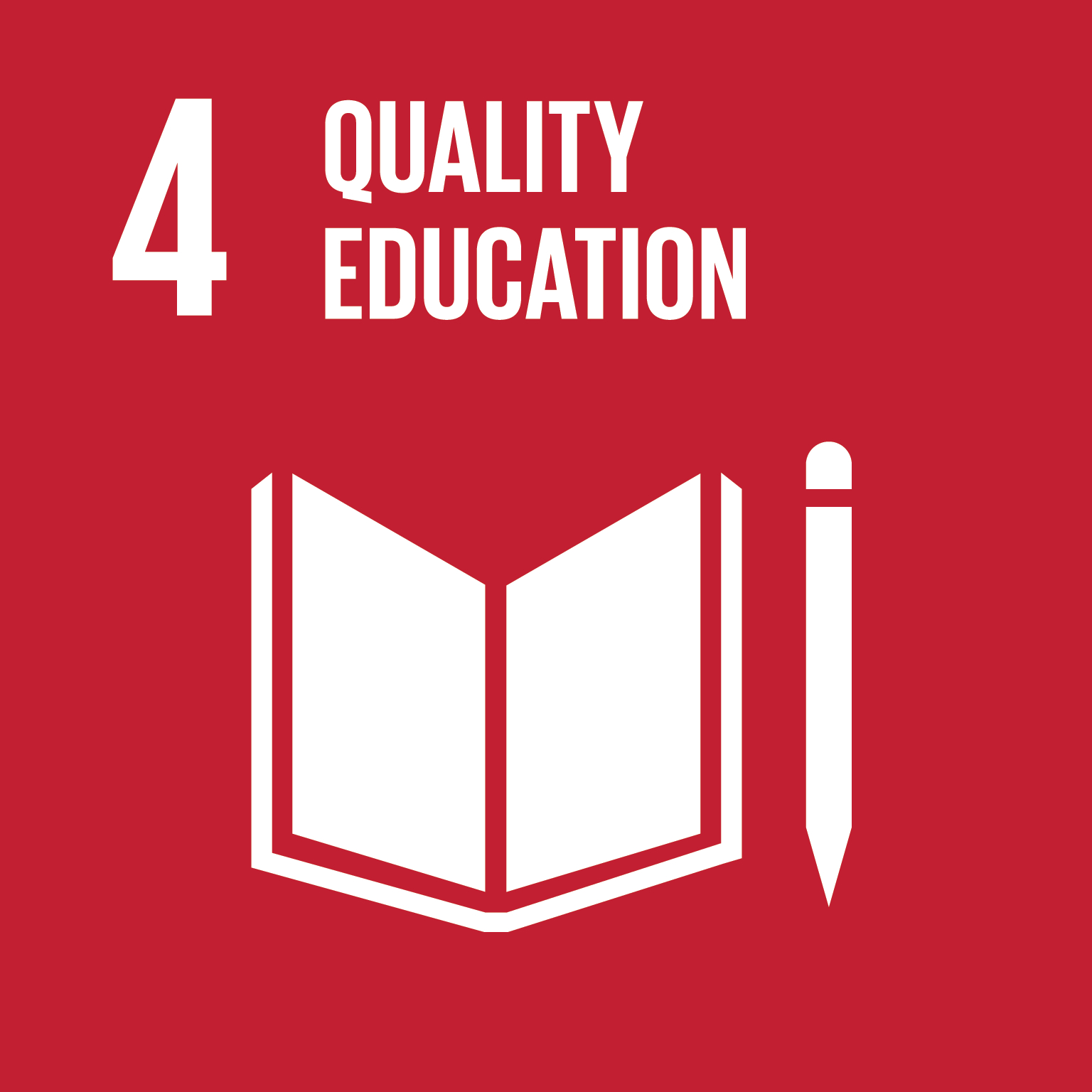 We know that children who are blind or have a visual impairment are more likely to be out of school. There is a growing body of evidence that shows the provision of spectacles improves educational outcomes. However, we must go beyond just ‘fixing’ vision impairment and blindness and provide comprehensive health care, including support, rehabilitation and the provision of assistive devices to allow children to continue their education.
We know that children who are blind or have a visual impairment are more likely to be out of school. There is a growing body of evidence that shows the provision of spectacles improves educational outcomes. However, we must go beyond just ‘fixing’ vision impairment and blindness and provide comprehensive health care, including support, rehabilitation and the provision of assistive devices to allow children to continue their education.
Goal 5: Gender equality
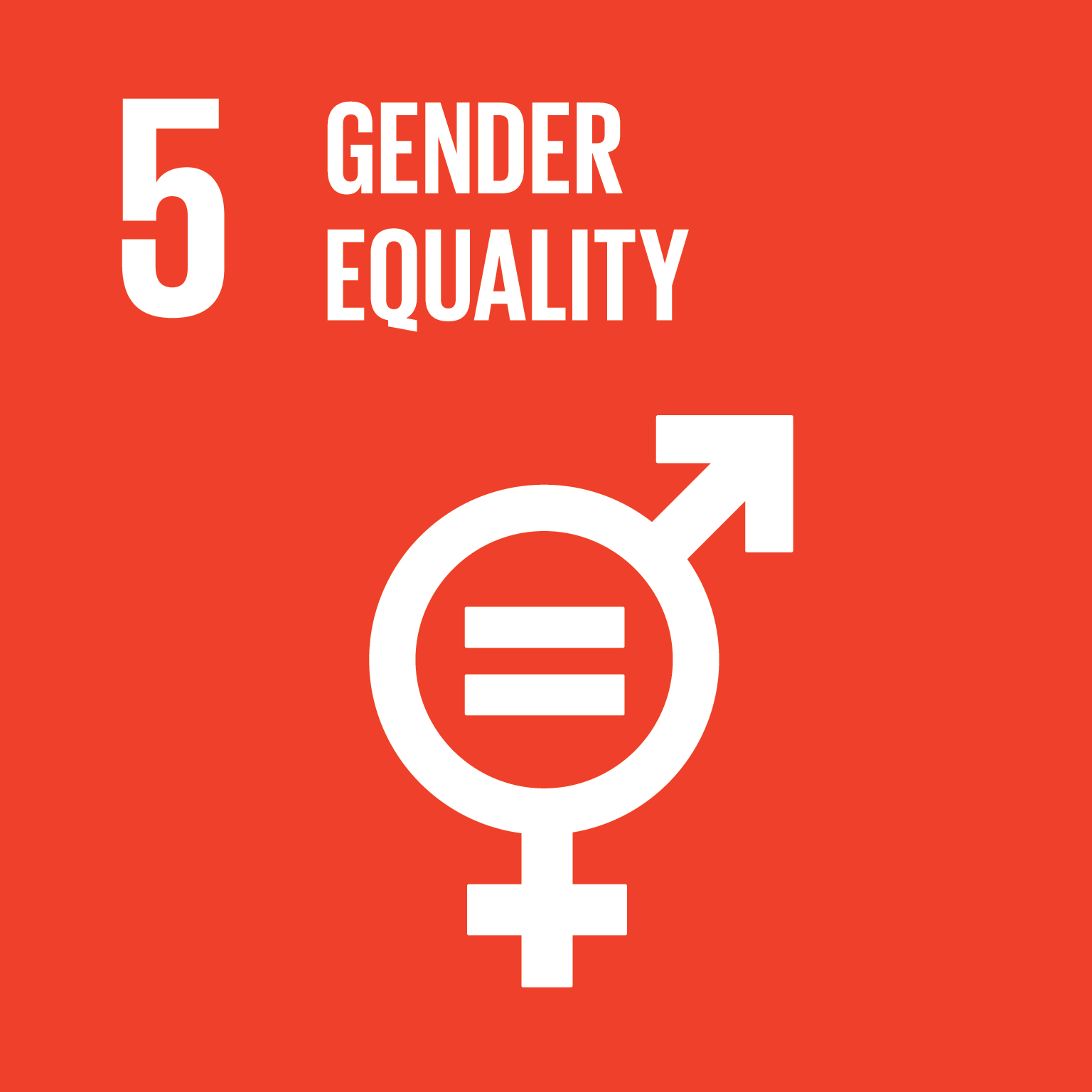 Women make up 55% of those who are blind or visually impaired. Many barriers lead to women not accessing health care or attaining it at a later stage, which often leads to poorer outcomes. A Sightsavers study conducted in Malawi suggested that women are not only less likely to accept and access treatment but that they are less likely to attend the first point of contact with a health care provider, usually an outreach camp. With continued inequality in accessing eye care services, despite women making up the majority of those who are blind or visually impaired, targeted, gender-responsive eye care is needed. The recent UN Women policy brief highlighted specific actions that can be taken to advance gender equality and inclusion through eye health.
Women make up 55% of those who are blind or visually impaired. Many barriers lead to women not accessing health care or attaining it at a later stage, which often leads to poorer outcomes. A Sightsavers study conducted in Malawi suggested that women are not only less likely to accept and access treatment but that they are less likely to attend the first point of contact with a health care provider, usually an outreach camp. With continued inequality in accessing eye care services, despite women making up the majority of those who are blind or visually impaired, targeted, gender-responsive eye care is needed. The recent UN Women policy brief highlighted specific actions that can be taken to advance gender equality and inclusion through eye health.
Goal 8: Decent work and economic growth
![]() In 2020, an estimated 143 million working-age individuals around the world had moderate to severe vision impairment, with another 18 million experiencing blindness. A failure to address workers’ eye health can lead to economic burdens for all, as it is estimated that the annual global productivity loss due to vision impairment is at least US$411 billion in purchasing power parity. Evidence shows that interventions to improve vision and functional ability reduce poverty and improve economic prospects.
In 2020, an estimated 143 million working-age individuals around the world had moderate to severe vision impairment, with another 18 million experiencing blindness. A failure to address workers’ eye health can lead to economic burdens for all, as it is estimated that the annual global productivity loss due to vision impairment is at least US$411 billion in purchasing power parity. Evidence shows that interventions to improve vision and functional ability reduce poverty and improve economic prospects.
Goal 10: Reduced inequalities
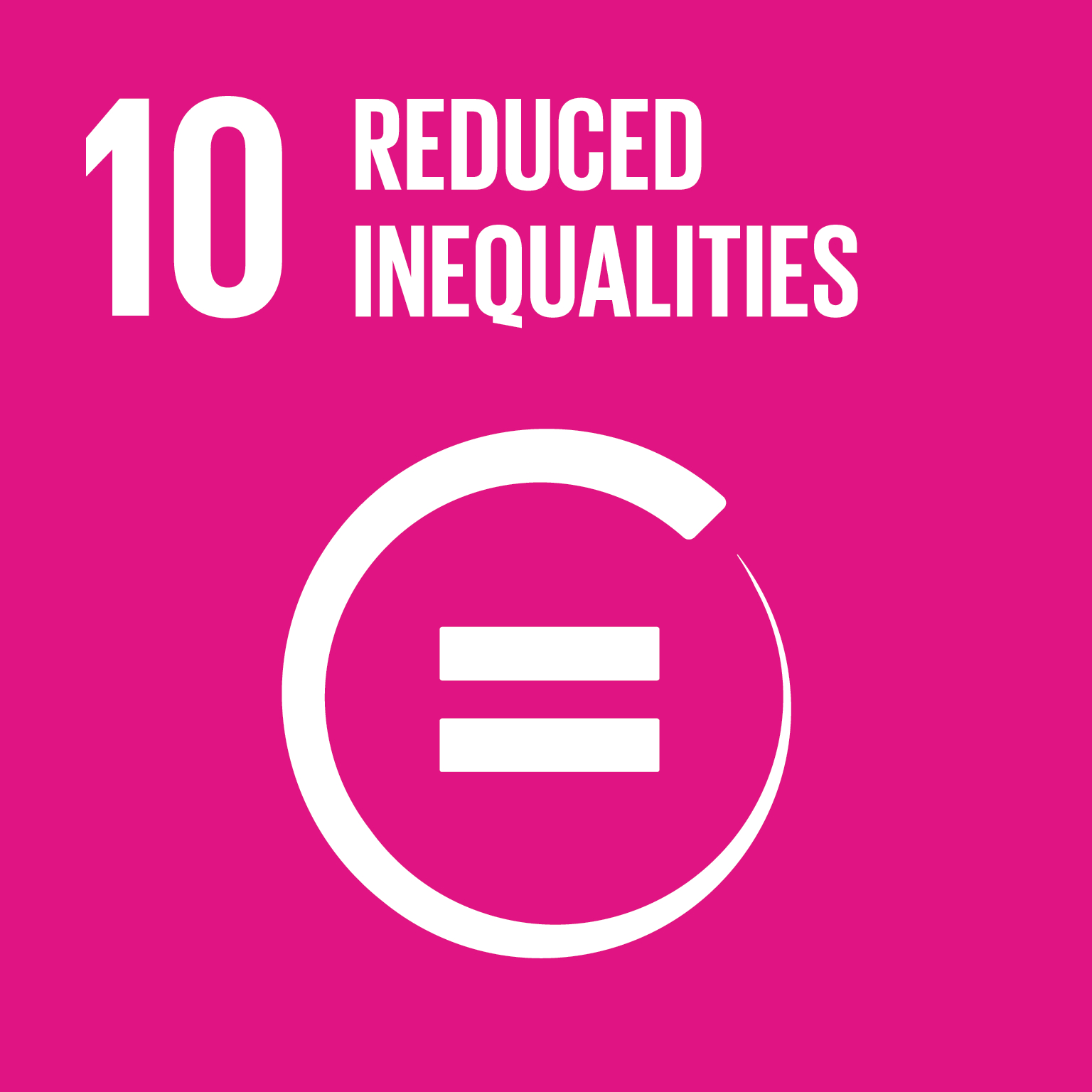 Poor eye health disproportionately affects low-resourced countries and disadvantaged groups within countries. A study showed that people who had cataract surgery in Kenya, the Philippines, and Bangladesh were poorer than non-visually impaired people before they had their surgery. However, after surgery, there was no longer a difference.
Poor eye health disproportionately affects low-resourced countries and disadvantaged groups within countries. A study showed that people who had cataract surgery in Kenya, the Philippines, and Bangladesh were poorer than non-visually impaired people before they had their surgery. However, after surgery, there was no longer a difference.
Goal 11: Sustainable cities and communities
![]() Vision impairment can reduce driving safety and increase motor vehicle collisions, therefore affecting SDG target 11.2, which aims to provide access to safe, affordable, accessible and sustainable transport systems for all. The Lancet Global Health Commission on Global Eye Health found that some causes of vision impairment, such as glaucoma and cataracts, are associated with motor vehicle collisions and unsafe driving practices.
Vision impairment can reduce driving safety and increase motor vehicle collisions, therefore affecting SDG target 11.2, which aims to provide access to safe, affordable, accessible and sustainable transport systems for all. The Lancet Global Health Commission on Global Eye Health found that some causes of vision impairment, such as glaucoma and cataracts, are associated with motor vehicle collisions and unsafe driving practices.

What are the SDGs?
The Sustainable Development Goals aim to end poverty, protect the planet and ensure prosperity for everyone by 2030. At Sightsavers, we make sure all our work helps to achieve these goals.
Learn about the goals
Practical guidance for eye health and the SDGs
In recognition of eye health’s contribution towards economic and social development and its cost-effective means of unlocking human potential, there are a few key areas in which countries can integrate eye health into their progress towards Agenda 2030.
- Eye health should be incorporated into universal health coverage planning, processes and budgeting. For example, investing in and planning the health care workforce should include eye health professionals and eye care in the essential interventions and medicines list. For further information, see here.
- Recognise the impact access to eye care has on educational attainment and economic productivity and consider integrating eye care into education and occupational settings.
- In recognition of the role good vision can play in road safety, ensure that all drivers can access regular eye care.
- Ensure that the provision of eye care is equitable and accessible to all. Consider targeted approaches to ensure that those in positions of vulnerability, such as women and girls and people with disabilities, can access these services to ensure we are leaving no one behind.
- Incorporate eye health data and reporting into current reporting mechanisms:
- Collect data and report on effective refractive error coverage and effective cataract surgical coverage as part of progress towards global targets outlined in WHO Resolution A74/9 Add.3
- Progress on eye health can be incorporated into voluntary national reviews for the High-Level Political Forum
Conclusion
Eye health is about more than sight – it’s about a vision of the future. The SDGs are an urgent call for action for now and the future. So, to achieve the SDGs, eye health is essential.
Impacting numerous goals, eye health has a ripple effect that improves gender equity, education, economic and health outcomes. But unless it is recognised as a vital part of the bigger health and development picture, our efforts to achieve the SDGs and universal health coverage will fail.
“The benefits for society are significant and the impact would be astounding if the world’s eye care needs were met.”
Author
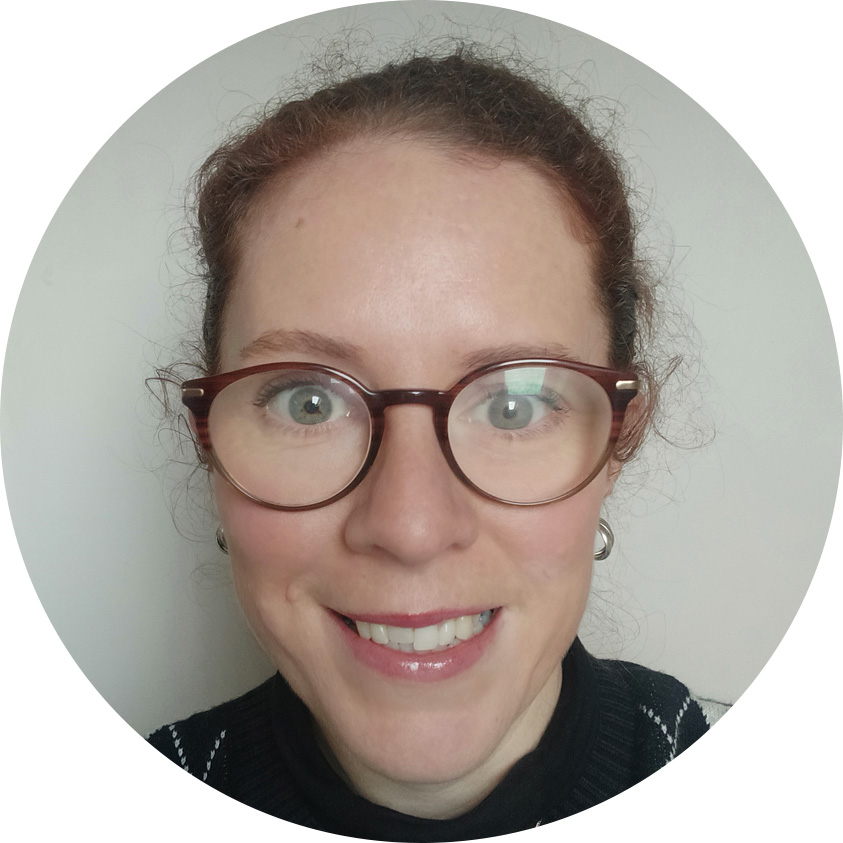 Fiona Lawless is Sightsavers’ health policy adviser.
Fiona Lawless is Sightsavers’ health policy adviser.
Want to learn more about our work?
About SightsaversMore blogs

Women are most at risk from trachoma: here’s how we can help
Women are four times more likely than men to be blinded by trachoma, an infectious eye disease. But Sightsavers’ Accelerate programme is working to address this inequality.

Women with disabilities must be involved in planning economic empowerment programmes
Sightsavers’ Sarah Wang’ombe shares what we’ve learned about running effective programmes.

Making schools safer for children with disabilities
Dr Steven Kaindaneh and Dr Julia de Kadt explain how our new research puts children with disabilities at the centre of efforts to combat gender-based violence.